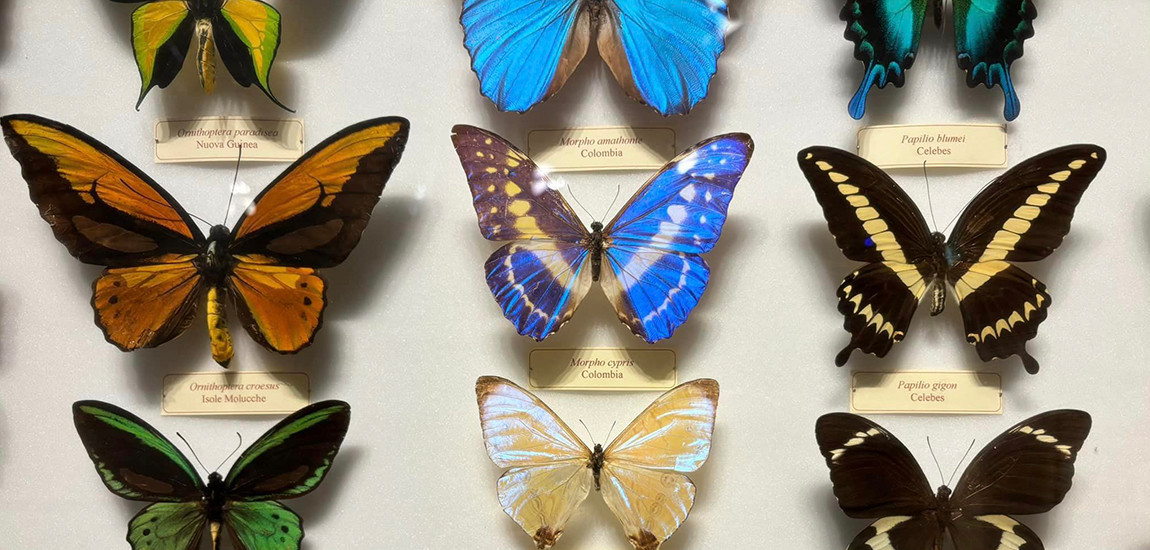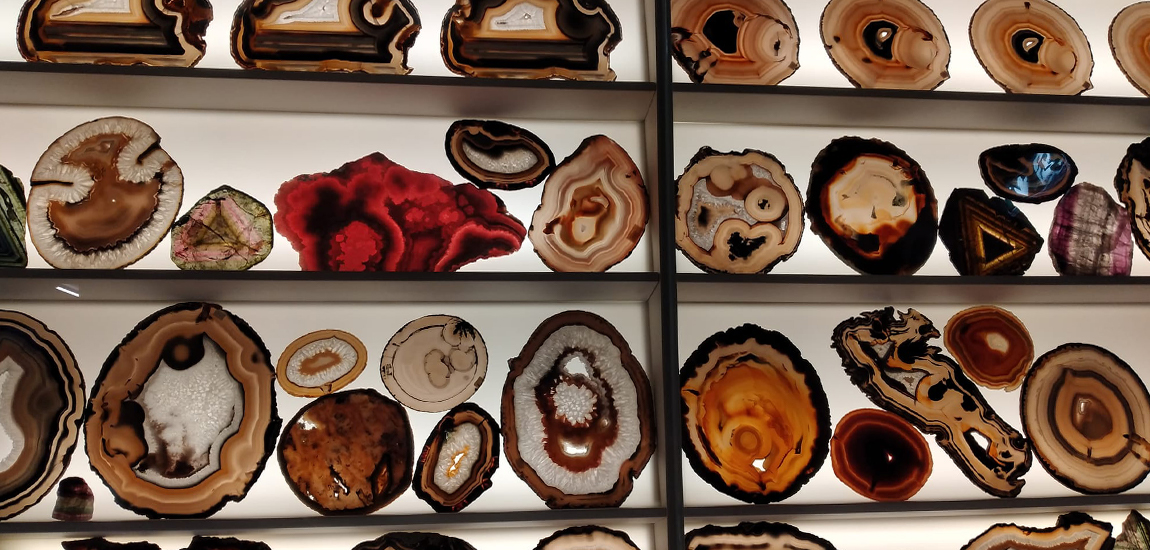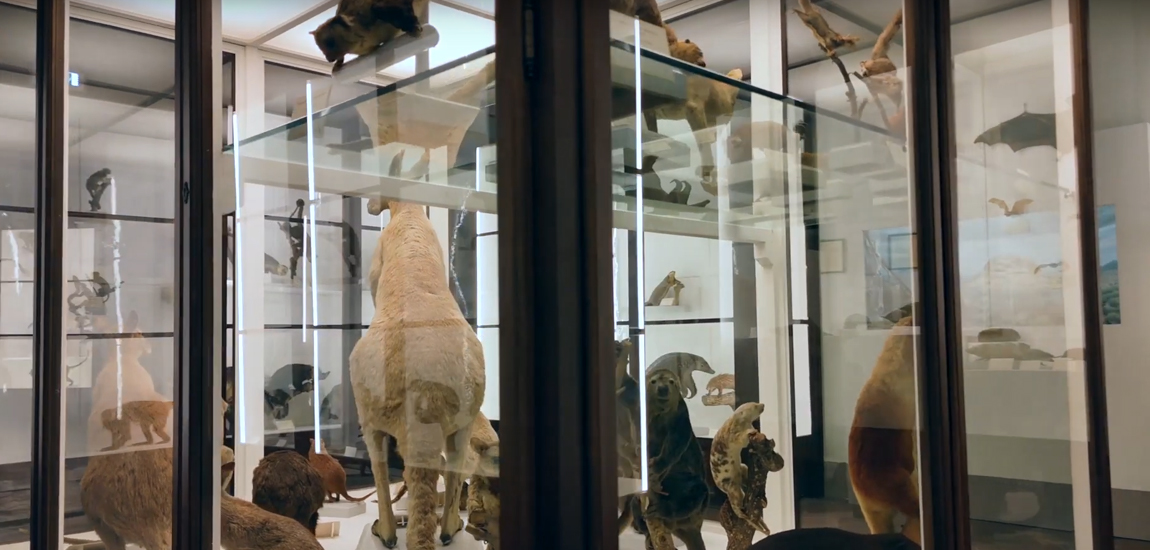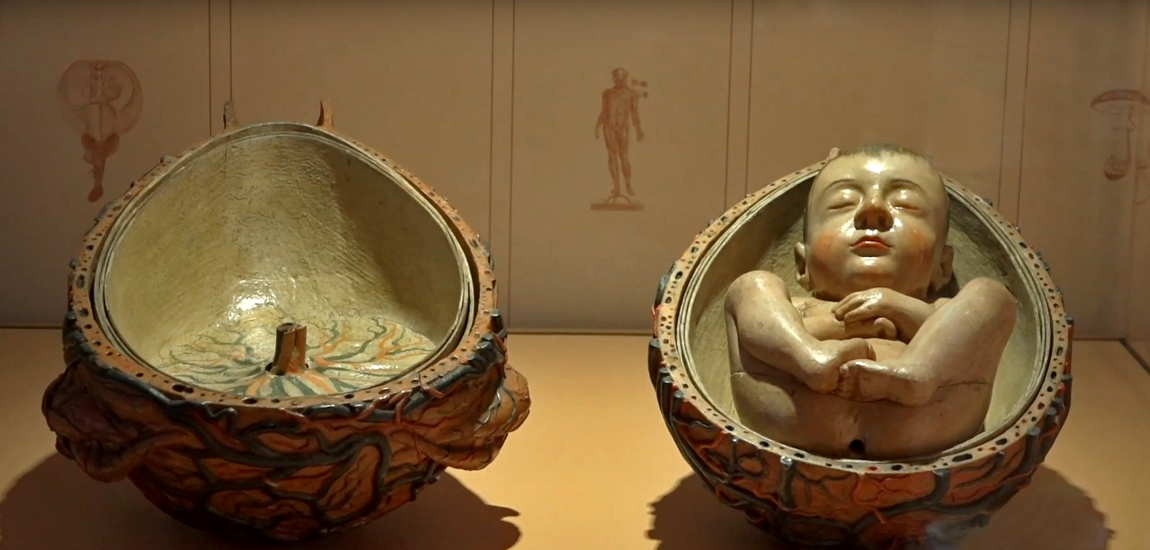
The new Museo della Specola
After
almost five years of closure and important redevelopment works, the Specola Museum in Florence reopened to
the public with four days of free admission, offered to celebrate also the
250th anniversary of its foundation.
Inaugurated
on 21 February 1775 as the Imperial and Royal Museum of Physics and Natural
History at the behest of Grand Duke
Peter Leopold, and later becoming the Museo della Specola, this is the
first example of a scientific museum, accessible and usable by everyone,
regardless of their level of culture. A museum that intended to combine nature,
science and art to explain the world.
Pietro
Leopoldo was a man well ahead of his time, in fact he was the one responsible
for the abolition of the death penalty in Tuscany as early as 1786. The idea
with which he conceived this museum was to make culture accessible to the masses
and not only a privilege for a few.

The
museum has 13 rooms, with a focus on zoology,
botany, mineralogy and human anatomy. These also include Galileo's tribune,
the tower with the observatory to which the museum owes its name and the
skeleton hall, with the Asian elephant.
The
elephant to which the skeleton exhibited here belongs was brought to Florence
for the first time in 1655 and placed in the Loggia dei Lanzi, in the same
place where lions in the flesh had once stayed for a short period.
Unfortunately the animal died of unknown causes, but its remains were preserved
and they proved to be of great scientific value.
The
skeleton became part of the Lorraine naturalistic collection and it is the same
one observed by Linnaeus in 1758 and used to describe the species Elephas maximus in his Systema naturae, the text at the basis
of modern zoological systematics.

On
the first floor there is the mineralogy collection which had been moved to the
premises in via La Pira since 1881 and was brought back to the museum after
more than 140 years of absence.
Of
particular interest is also the collection of botanical waxes, with over 200
plants beautifully reproduced in wax.
However,
the most famous and important collection of the museum is that of anatomical
waxes, the oldest and largest in the world. There is a copy this same collection in Vienna,
still made by the Florentine technicians. The Grand Duke had it created to teach
human anatomy without the need to resort to dissection of corpses.
Here
the rooms also retrace the birth and development of Florentine wax modeling.
With
the new layout, the museum reconfirms itself as an excellence of the Florentine
museum system, a museum with extremely precious collections, which aims to show
every aspect of nature, from the earth to the sky.




